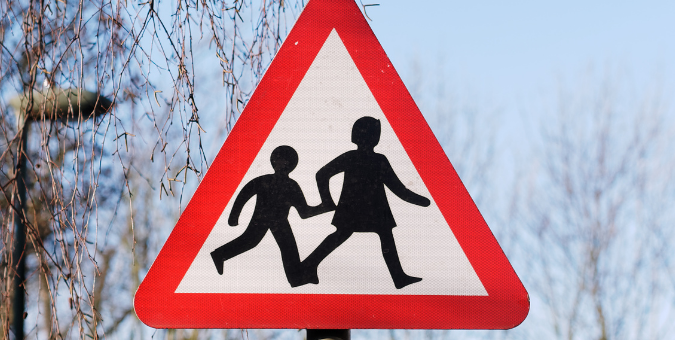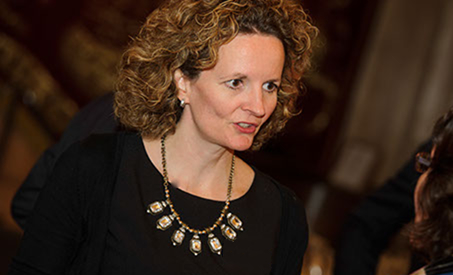
There will be new rules in force for road users on 29 January in an effort to improve safety and avoid accidents, serious injury and death.
But what are the changes and what will they mean?
Many of the rules in the code are legal requirements, and to disobey these rules is to commit a criminal offence. The changes also introduce new advisory measures that are not legal requirements but could be used in court proceedings.
There is concern that not enough people will know about the changes. At least two in three drivers were unaware of the changes before Christmas, according to the AA, which polled 13,000 of its members on the subject. Duncan Dollimore, Cycling UK’s head of campaigns, welcomed the changes but said they “will be of limited benefit if the public aren’t aware of them”.
The main change is introducing a hierarchy of road users and giving priority to most vulnerable road users. Those who can do greater harm on the road have a higher level of responsibility to reduce danger.
The new hierarchy is:
- Pedestrians
- Cyclists
- Horse riders
- Motorcyclists
- Car/taxis
- Vans/minibuses
- Large passenger vehicles/heavy goods vehicles
This is welcome because it recognises and sharpens the focus on those at greater risk of serious injury and death.
The other new rules can be summarised as follows;
New rules for drivers, motorcyclists, horse riders and cyclists
To create clearer and stronger priorities for pedestrians, particularly at junctions.
“At a junction, you should give way to pedestrians crossing or waiting to cross a road into which or from which you are turning”.
Cyclists should give way to pedestrians on shared use cycle tracks.
Only pedestrians may use the pavement. This includes people using wheelchairs and mobility scooters. Pedestrians may use any part of the road and use cycle tracks as well as the pavement, unless there are signs prohibiting pedestrians.
“You must give way to pedestrians on a zebra crossing, and pedestrians and cyclists on a parallel crossing”.
There is perhaps a need for a change in mindset when at a junction as this will requires drivers to be more aware of the presence of pedestrians. There is a concern here that this change will take time but in the meantime pedestrians will perhaps take greater risks at junctions knowing they have priority.
new Rules for drivers and motorcyclists
In relation to junctions, cyclists ought to have priority in almost every scenario.
Do not cut across a cyclist’s path in any situation, just as you wouldn’t with a motor vehicle. This applies when a cyclist is using a cycle lane, track or is riding ahead.
You should always give way to cyclists wanting to change direction or move into another lane.
You should never cut across.
You should stop and wait for a safe gap in the flow of cyclists if necessary. This includes when cyclists are:
- approaching, passing or moving off from a junction
- moving past or waiting alongside stationary or slow-moving traffic
- travelling around a roundabout
It is welcome that there is some clarity when it comes to cyclists on the road as often accidents occur because risks are taken. However it is important to still recognise that cyclists are vulnerable road users in every scenario and not just those covered by this rule change.
New rules on distance for overtaking
Prior to changes, the Highway Code referred to a ‘safe distance’ in relation to overtaking. Changes now provide specific distances: –
- Drivers are to maintain a 1.5m distance when overtaking motorcyclists, cyclists, horse riders and horse drawn vehicles under 30mph, and 2m over 30mph.
- For a large vehicle, leave a minimum distance of 2 metres in all conditions
- When you see a horse on the road always slow down to a maximum speed of 15mph and if and when you pass leave 2 metres distance.
- Allow at least 2 metres space where a pedestrian is walking in the road (e.g., where there is no pavement) and you should pass them at low speed
- If you cannot meet clearance do not overtake.
- Cyclists should ride single file when drivers wish to overtake, and it is safe to let them do so. When riding in larger groups or narrow lanes, it is sometimes safer to ride two abreast.
Again, clarity in this rule is welcome so as to reduce the risk of accidents occurring when overtaking vulnerable road users.
Other important changes to the Highway Code in 2022
For Cyclists:
- Cyclists get priority at roundabouts and must be given plenty of room.
- Guidance for cyclists to ride in the middle of the road in quiet streets, slow traffic or approaching junctions to allow themselves to be more visible.
- Cyclists should slow down on shared tracks and ring bell to alert pedestrians of presence.
- Cyclists not obliged to use cycle lanes.
- Cyclists not to pass horses or pedestrians at speed when sharing tracks.
- On busy roads, cyclists to ride 0.5m from kerb edge.
- Cyclists to give way to pedestrians crossing at junctions.
- When going ahead at a junction, cyclists have priority over traffic waiting to turn into or out of a side road (unless marked otherwise).
For Drivers:
- Opening your car door. New technique known as the ‘Dutch Reach’ is encouraged. This is when road users open their vehicle door with the hand on the opposite side to the door they are opening which naturally causes their body to twist so they can look over their shoulder and check for other road users before getting out of their car.
- Drivers have a duty of care towards cyclists, pedestrians and horse riders and should give way to these road users
- In slow moving traffic, drivers and riders must allow pedestrians to cross in front of them.
- Must follow local speed limits i.e., 20mph instead of 30mph or 50mph instead of 60mph.
For Horse riders:
Those new to horse riding or who have not ridden in a while to consider undertaking the Ride Safe Award from the British Horse Society.
For Pedestrians:
- Pedestrians must take responsibility for their own safety, especially when sharing a path with cyclists, they should be aware and not obstruct or endanger them unnecessarily.
Everyone is encouraged to read the updated Code to gain a better understanding of the changes so that safety on our roads is improved.



















